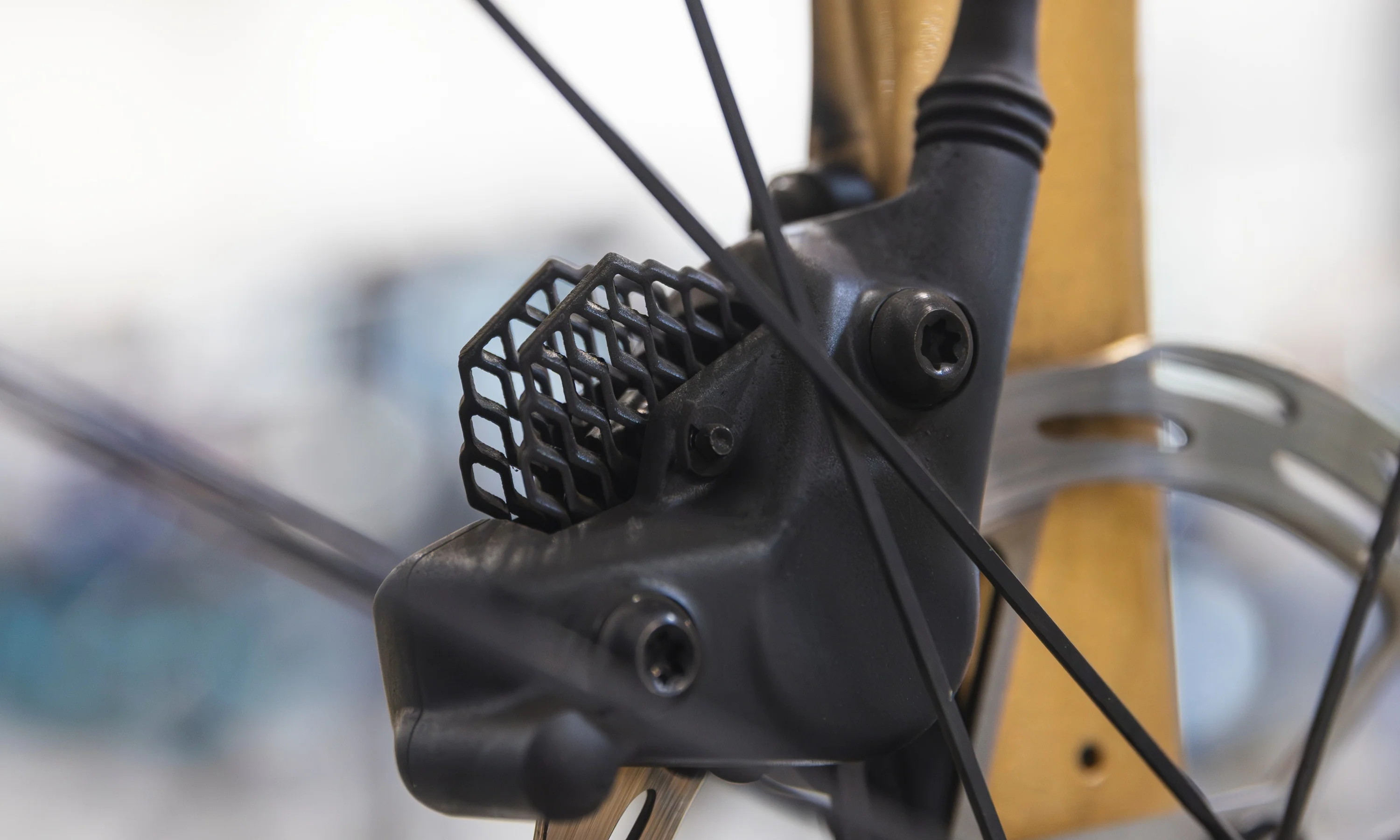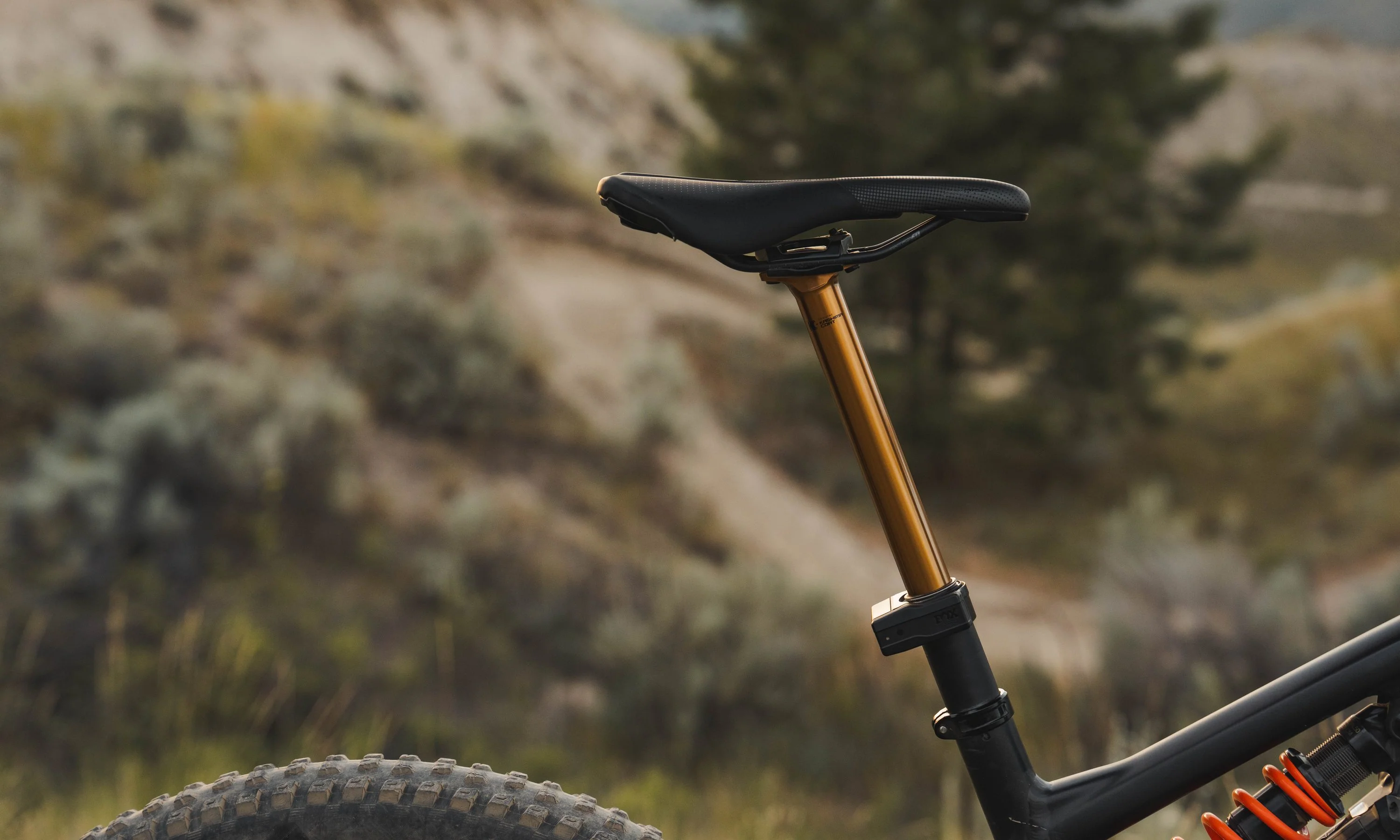Nothing stands out quite like a set of ENVE wheels does. In a world full of expensive cycling components, the Utah based company sits somewhere up between the stratosphere and outer space. Their wheels are renowned almost as much for their price as they are for their engineering and quality. I remember being a broke college kid once, riding alloy hoops with worn concave brake tracks, seeing dentists (I assumed they were dentists) posting photos on forums of their high-end bikes with deep carbon rims adorned in big, white, palindrome ENVE decals. It’s a good name for the brand because envy was exactly what I felt deep in my gut. I imagined how fast and good-looking I’d be, and dreamed constantly of one day riding a pair. Well, my dream finally came true, twice, as I’ve spent the last year riding a set of SES 3.4 road wheels, and M70 Thirty HV mountain bike wheels. It’s a year I hoped would never end.
ENVE SES 3.4 Clincher
The SES 3.4 is ENVE’s most versatile and popular road wheelset, relatively deep, aero, but light enough to be a climbing wheel. It's meant to do it all, be ridden every day and win races at the same time. SES stands for “smart ENVE system” and their hallmark is differing profiles for the front and rear wheel, with a 38mm deep front and 42mm rear (hence the 3.4 moniker). The most recent generation is extra wide, at 21mm internal, allowing larger tires to have a more aerodynamic and compliant profile. My test set was built with DT Swiss 180 hubs, DT’s lightest and smoothest hub with a carbon shell and ceramic bearings.
 In the stand the wheels seemed to spin forever, and on the scale they came in at a respectable weight for their depth at just under 1500 grams. For most of my riding the wheels were set up with 25c Continental GP4000s II tires, which measured just over 26mm thanks to the wide internal width. I was able to run slightly lower pressures which helped the bike feel comfortable and fast over the majority of road surfaces, especially rough ones. They were comfortable to ride all day, up any climb, and even on dirt and gravel.
In the stand the wheels seemed to spin forever, and on the scale they came in at a respectable weight for their depth at just under 1500 grams. For most of my riding the wheels were set up with 25c Continental GP4000s II tires, which measured just over 26mm thanks to the wide internal width. I was able to run slightly lower pressures which helped the bike feel comfortable and fast over the majority of road surfaces, especially rough ones. They were comfortable to ride all day, up any climb, and even on dirt and gravel.

The most noticeable improvement the wheels made to my bike is how stiff and responsive they felt during acceleration. The hub engages quickly and the bike just picks up speed with a sense of immediacy. The aero shape helps make it seem easier to hold speed on long flat stretches where cheating the wind matters. They are stable in crosswinds and feel generally neutral and balanced on long and fast descents rather than cumbersome like some deep section rims can be. Braking is also excellent for a carbon rim, nearly as good as a rim with an alloy brake track. Performance does degrade slightly when wet, but not nearly as bad as carbon rims of the past, remaining predictable and effective.
The rims are designed to work with up to 28c tires but I successfully tested them with 33c and 40c tires on an older cantilever cyclocross bike as well. The wide internal width provided lots of support for the wide tires, and I ran pressures in the mid 30s. I had some solid rim strikes on rocks and a couple barriers and the wheels were generally unfazed, staying straight and with no signs of damage. Ultimately, there are few road wheelsets as complete and versatile as this. Yes they’re expensive, and there are plenty of comparable options that are more economical, but you are also paying for that feeling that ENVEs give, that you’re riding the best that you can get.
ENVE M70 Thirty HV

The M70 Thirty is named to describe its intended use, 70 percent downhill and 30 percent uphill. To put it simply, it’s a downhill focused enduro wheel, meant to help you snag KOMs by descending fast and taking abuse. The HV stands for “high volume,” which provides a wider, 30mm internal width for modern 2.4-2.6 inch tires. My M70s were built with bulletproof DT Swiss 240s hubs which I upgraded with the 54t star ratchet option in the freehub for higher engagement out on the trail.

These aren’t featherweight carbon wheels. My set weighed in at just over 1800 grams. But they are built thick and burly to survive rough conditions. My M70s were set up tubeless with 2.5 inch Maxxis Minion DHF Wide Trail tires, which had an excellent profile on the 30mm wide rim. Playing with pressures I was able the run pressures in the mid 20s and have the tire still feel well supported through hard cornering. At those pressures, however, I did suffer a lot of rim strikes and a few pinch flats.

Here’s the thing about carbon mountain bike wheels, they’re expensive to replace. Every hit they take makes your gut wrench a little and, at least in the beginning, you’re filled with a sense of fear and paranoia that you’re going to explode your expensive new toys. To combat this you end up running higher pressures which decrease your traction and fun. But with the ENVEs I began to develop a sense of trust. I kept the pressures low and let the hits come again and again. I’m not light (185lbs) and my riding style involves a lot of charging and straight lines through rowdy features. The M70s took it all in stride and soon the fear subsided.

This generation of ENVE mountain wheels has been criticized by some as being slightly too stiff. At my weight that didn’t seem to be the case, but lighter riders might find them to be harsher on bumps. I found they held their lines well through chatter about as well as any other wheelset I’ve used. The stiffness was definitely more pronounced during cornering. Pumping into dips and corners seemed to elicit an instant reaction, springing the bike forward like an excited dog. The ability to shove the tires hard into ruts and berms and get more back when accelerating out is, in my opinion, the biggest advantage that these wheels have. They simply give you the confidence to corner harder and descend faster, and for that, they are worth every penny to me.
Alas, my time aboard my ENVE wheels was short, but it was impactful. After years on alloy rims, I've become a carbon wheel convert. Not only do they make my bikes look good, but ENVEs have a power that somehow makes you ride better. That comes partially from exceptional engineering, and partially from an aura that emanates from the knowledge of how good they are. I’m happy to have had the time I did with my ENVEs, having done some of my best riding aboard them. But now that my wheels have returned to the cycling ether from whence they came, I can’t help but feel a sense of emptiness, wondering if I’ll ever be able to ride such fine componentry again. Someday soon I will.

Bruce is a writer who loves getting his bikes dirty, trying new tech, and riding tough trails that make him suffer for hours at a time.

























